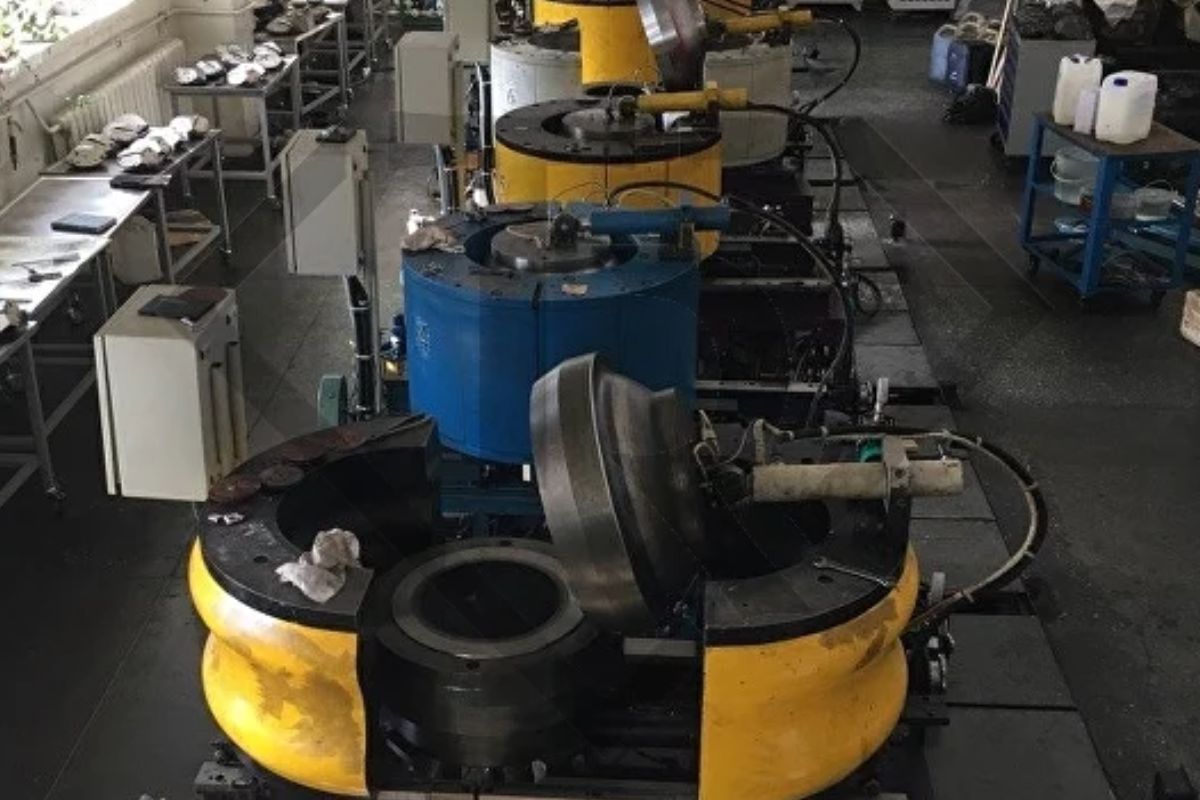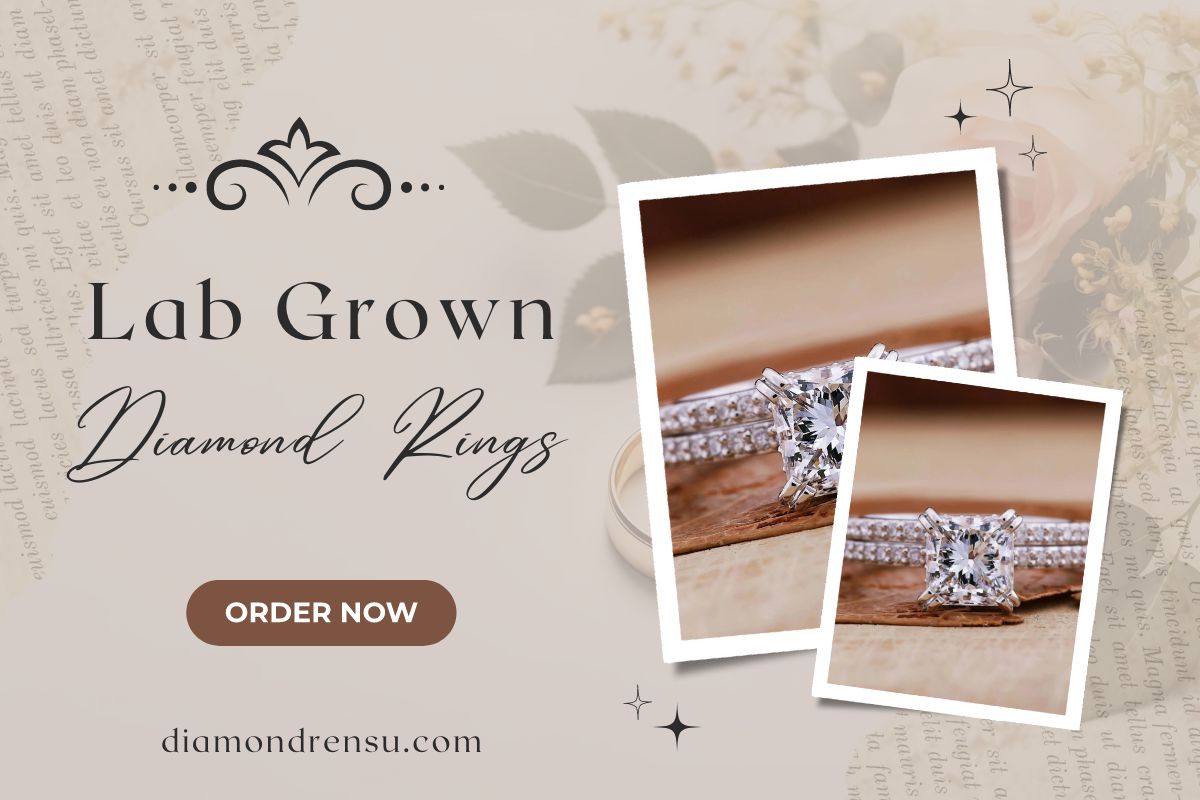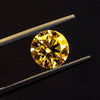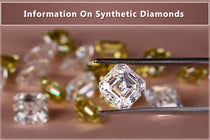Lab-grown diamonds, also known as synthetic or cultured diamonds, are real diamonds produced through technological processes, rather than mined from the earth. You might find that lab-grown diamonds have become an attractive option, primarily due to their ethical production and lower price point compared to natural diamonds. As consumer awareness regarding the environmental and ethical implications of mining has increased, your interest might be piqued by lab-grown alternatives that offer the same physical and chemical properties as their earth-mined counterparts without the associated issues.
The popularity of lab-grown diamonds began to rise significantly in the last decade. You could attribute this surge in interest to advancements in technology that made production more cost-effective and allowed for larger and higher-quality diamonds to be grown in labs. Simultaneously, major jewelry retailers began incorporating lab-grown diamonds into their offerings, marking a shift in perception that could influence your purchasing decisions. This shift was not only due to environmental and ethical considerations but also the allure of these diamonds' affordability and potential for unique customization.
As a consumer in a market that upholds luxury and tradition, you might wonder about the prestige and value of lab-grown diamonds compared to natural ones. While traditionally natural diamonds have been viewed as a symbol of status and wealth, lab-grown diamonds have begun challenging these norms by offering sustainable, ethical, and accessible alternatives. Their acceptance is evidenced by the growing number of birthstone rings featuring lab-created stones, indicating a shift in consumer values that places sustainability and ethical considerations alongside, or even above, the traditional prestige associated with natural diamonds.
The Emergence of Lab-Grown Diamonds
Lab-grown diamonds, also known as synthetic diamonds, mark a revolutionary change in the diamond industry. Their development has not only expanded the range of diamond products but has also provided a new realm of possibilities for various industries and consumers.
Initial Breakthroughs
The history of lab-grown diamonds began in the 1950s when General Electric successfully created the first synthetic diamonds. These initial breakthroughs were the result of efforts by dedicated scientists who sought to replicate the natural conditions under which diamonds form. They employed high-pressure, high-temperature techniques to transform carbon into diamonds that were chemically identical to those mined from the Earth.
- 1954: The year when GE announced the successful creation of diamonds in a laboratory.
Public Awareness and Acceptance
Since their inception, lab-grown diamonds saw a gradual increase in public awareness and acceptance. Your interest in sustainability and ethical sourcing has played a significant role in the shift toward lab-created stones within the diamond industry. Today, these diamonds are recognized not just for their origin but for their quality and craftsmanship.
- Popularity: Illustrated by the search trend comparison, lab-grown diamonds have seen an increasing upward trend over the years.
By understanding the development and impact of lab-grown diamonds, you can appreciate the innovation and progress within the diamond industry.
Manufacturing Techniques

When you consider lab-grown diamonds, two primary manufacturing techniques stand out for their ability to replicate the conditions that form natural diamonds. These are the High Pressure High Temperature (HPHT) Method and the Chemical Vapor Deposition (CVD) Method. Both have distinct processes and require sophisticated technology to create diamonds that rival those found in nature.
High Pressure High Temperature (HPHT) Method
The HPHT method mimics the natural forming conditions of diamonds deep within the Earth. This process utilizes high pressure and high temperature to transform carbon into a diamond. It employs heavy machinery, such as a belt press, cubic press, or a split-sphere (BARS) press. These presses apply extreme pressure and temperature, typically above 1,400 degrees Celsius and 5 GPa (gigapascals), to a carbon source, often graphite, until it crystallizes into a diamond.
Chemical Vapor Deposition (CVD) Method
Alternatively, the CVD method involves breaking down molecules of a carbon-rich gas, like methane, into carbon and hydrogen atoms. These atoms are then deposited onto a substrate, where they form diamond crystals. This process occurs in a vacuum chamber at lower temperatures compared to HPHT, ranging from 700 to 1300 degrees Celsius. The CVD diamonds grow atom by atom, over several weeks, and this method allows for more control over the diamond's properties.
Quality and Properties of Lab-Grown Diamonds
| Aspect | Description |
|---|---|
| Composition | Lab-grown diamonds have the same crystal structure and chemical composition as natural diamonds—pure carbon atoms arranged in a diamond cubic lattice. |
| Color | Lab-grown diamonds are available in a range of colors, including colorless and fancy colors. The color can be controlled during the growth process. |
| Clarity | Lab-grown diamonds can have fewer inclusions compared to some natural diamonds due to controlled growth conditions. This can result in diamonds with high clarity grades. |
| Carat Weight | Lab-grown diamonds are available in various carat weights, providing flexibility for consumers to choose the size that suits their preferences and budget. |
| Cut | The cut of lab-grown diamonds can be precisely controlled during the growth process, resulting in well-cut diamonds with excellent proportions and brilliance. |
| Hardness | Lab-grown diamonds have the same hardness as natural diamonds, scoring 10 on the Mohs scale, making them suitable for everyday wear and resistant to scratching. |
| Certification | Reputable gemological laboratories, such as the International Gemological Institute (IGI) or Gemological Institute of America (GIA), provide certifications for lab-grown diamonds, detailing their quality and characteristics. |
| Ethical Sourcing | Lab-grown diamonds are considered an ethical choice as they do not contribute to environmental damage or unethical practices associated with some natural diamond mining. |
| Environmental Impact | Lab-grown diamonds generally have a lower environmental impact compared to mined diamonds, requiring fewer resources and generating fewer carbon emissions. |
| Availability | Lab-grown diamonds offer a consistent supply and availability, reducing concerns related to the rarity of certain natural diamonds. |
Understanding the quality and properties of lab-grown diamonds is crucial as you consider them as an alternative to natural diamonds. Their rising popularity is rooted in advancements that allow these diamonds to rival the beauty and structure of their natural counterparts.
Comparison With Natural Diamonds
Lab-grown diamonds possess identical chemical, physical, and optical characteristics as those mined from the earth. Constructed from a diamond seed and developed in controlled environments, they replicate the same crystal structure made entirely of carbon. Their hardness is on par with natural diamonds, each scoring a perfect 10 on the Mohs scale. When it comes to clarity, color, and carat size, lab-grown diamonds offer a range that mirrors those found in nature. The ethical and sustainable production process more often than not makes lab-grown options appear more favorable to consumers.
Assessment and Certification
Every high-quality lab-grown diamond should come with a certification from a reputable institution, such as the Gemological Institute of America (GIA). The GIA grades these diamonds with the same stringent criteria used for natural ones, evaluating color, clarity, cut, and carat weight. Recognize that a GIA certificate assures you of your diamond's quality and authenticity, providing a professional assessment that is internationally acknowledged within the industry.
Market Dynamics and Consumer Demand

The popularity of lab-grown diamonds hinges on their affordability and ethical advantages, influencing both market dynamics and your shopping behaviors, especially when selecting engagement rings and other jewelry.
Drivers of Popularity
The demand for lab-grown diamonds has surged due to their affordable pricing compared to mined diamonds. As an alternative to traditional options, these diamonds offer you the same quality and aesthetic at a lower cost. Moreover, the ethical production of lab-created diamonds, which avoids the socio-environmental issues associated with mining, aligns with your increasing preference for sustainable and ethically sourced products.
Shifts in Consumer Behavior
Your behavior as a consumer has shifted towards seeking out ethical and sustainable jewelry options. Lab-grown diamonds cater to this change by providing a guilt-free choice that doesn't sacrifice quality or beauty — an especially compelling factor for engagement rings, where the provenance is increasingly valued. Additionally, their affordability has made high-quality diamonds accessible to a broader audience, democratizing luxury and altering perceptions of value in the jewelry market.
Ethical and Environmental Considerations

When considering lab-grown diamonds, your focus may include the ethical sourcing of these gems and their environmental impact. This awareness guides you to make choices that align with both your values and global sustainability goals.
Ethical Sourcing
Lab-grown diamonds offer a conflict-free alternative to traditional mining, assuaging concerns about human rights abuses often associated with diamond extraction. Unlike mined diamonds, which have a history of funding civil wars and perpetuating worker exploitation—commonly referred to as blood diamonds—lab-created diamonds circumvent these issues. Entities like the Kimberley Process have been established to combat the trade in conflict diamonds, but some skepticism about its effectiveness persists. Ethical sourcing in the context of lab-grown diamonds implies no association with such malpractices, giving you a peace of mind when making your purchase.
Sustainability and Carbon Footprint
The carbon footprint of lab-created diamonds is often presented as being lower compared to mined diamonds. However, it's crucial to scrutinize the sustainability of the production process itself. Techniques like High Pressure High Temperature (HPHT) and Chemical Vapor Deposition (CVD) used in creating lab diamonds do require significant energy, but advancements in technology are continuously improving their efficiency. Companies producing synthetic diamonds are increasingly leveraging renewable energy sources to minimize environmental impacts, making them a more sustainable choice over time. When you choose lab-grown diamonds, you're supporting a move towards a more sustainable future in the jewelry industry.
Innovation and Future Outlook

As you explore the realm of lab-grown diamonds, it's important to recognize the vital role of technology in their rising popularity and to anticipate how innovations will shape the future market.
Technological Advancements
The advent of lab-grown diamonds was a pivotal point in creating sustainable alternatives to mined diamonds. Recent technological breakthroughs have made it possible to produce diamonds that are virtually indistinguishable from natural ones. These lab-grown alternatives offer not only a more sustainably sourced option but also present a cost-effective solution without compromising quality. For example, research indicates that lab-grown diamonds are considered to be more environmentally friendly than their mined counterparts, potentially reducing the need for ecologically damaging mining practices.
The Future Market
Your understanding of the future market for lab-grown diamonds hinges on the persistent evolution in innovation and consumer preferences towards sustainability. The global acceptance of diamond simulants and synthetic diamonds is a clear trend, with a trajectory poised to expand further. As technology advances, you can expect lab-grown diamonds to become a mainstay in various industries, not just jewelry. They are likely to feature in high-precision industrial applications, such as in the development of innovative abrasive processes. The innovative properties of synthetic diamonds might lead to an increased demand beyond traditional markets, illustrating the broad potential and diverse applicability of these gemstones.
Social and Cultural Impact
In recent years, lab-grown diamonds have moved to the forefront of social and cultural conversations, signaling a significant shift in consumer behavior and values. You may have noticed how these synthetic gems are gaining a reputation for being the ethical and sustainable choice in an industry historically marred by conflict and environmental issues.
Celebrity Influence
Celebrities often play a pivotal role in setting trends and shaping consumer preferences. For instance, when Meghan Markle was spotted wearing lab-grown diamond jewelry, it sent a powerful message that echoed through the marketplace. Her choice made it clear that these stones are not only acceptable but also desirable—even for the most high-profile events. This endorsement by public figures has contributed to the normalization and popularity of lab-grown diamonds within contemporary culture.
Generational Shifts
Among millennials, there's a noticeable trend towards more socially responsible purchases, extending to diamond engagement rings. Your peers are increasingly prioritizing sustainability and ethical production methods. Data suggests that younger consumers are more likely to consider lab-grown diamonds as an alternative to natural stones, aligning their purchasing decisions with their values. This generational shift is influencing market dynamics and propelling lab-grown diamonds into the spotlight.
Frequently Asked Questions
In this section, you'll find targeted information on lab-grown diamonds, ranging from their history and celebrity endorsement to comparisons with natural diamonds and generational preferences.
What is the history of lab-grown diamonds?
Lab-grown diamonds have been around since the mid-20th century, with significant advancements over the years leading to gems that rival mined diamonds in quality and appearance.
Which celebrities have been seen wearing lab-grown diamonds?
Prominent figures such as Meghan Markle and Emma Watson have been spotted wearing lab-grown diamonds, signaling a growing acceptance in high fashion and Hollywood.
What are the top companies specializing in lab-grown diamonds today?
Companies like De Beers with their Lightbox Jewelry, and other specialized brands, have become leaders in producing high-quality lab-grown diamonds.
How does the quality of lab-grown diamonds compare to natural diamonds?
Lab-grown diamonds can attain the same physical, chemical, and aesthetic qualities as natural diamonds, often at a lower cost, making them a competitive alternative.
Are younger generations, like Millennials, more inclined to purchase lab-grown diamonds?
Millennials are showing a preference for lab-grown diamonds due to their affordability and ethical production methods, aligning with their value-driven purchase habits.
When did the Gemological Institute of America (GIA) begin grading lab-grown diamonds?
The GIA started grading lab-grown diamonds in 2007, giving them a similar treatment and credibility as mined diamonds.
Checkout some of our top collections:








